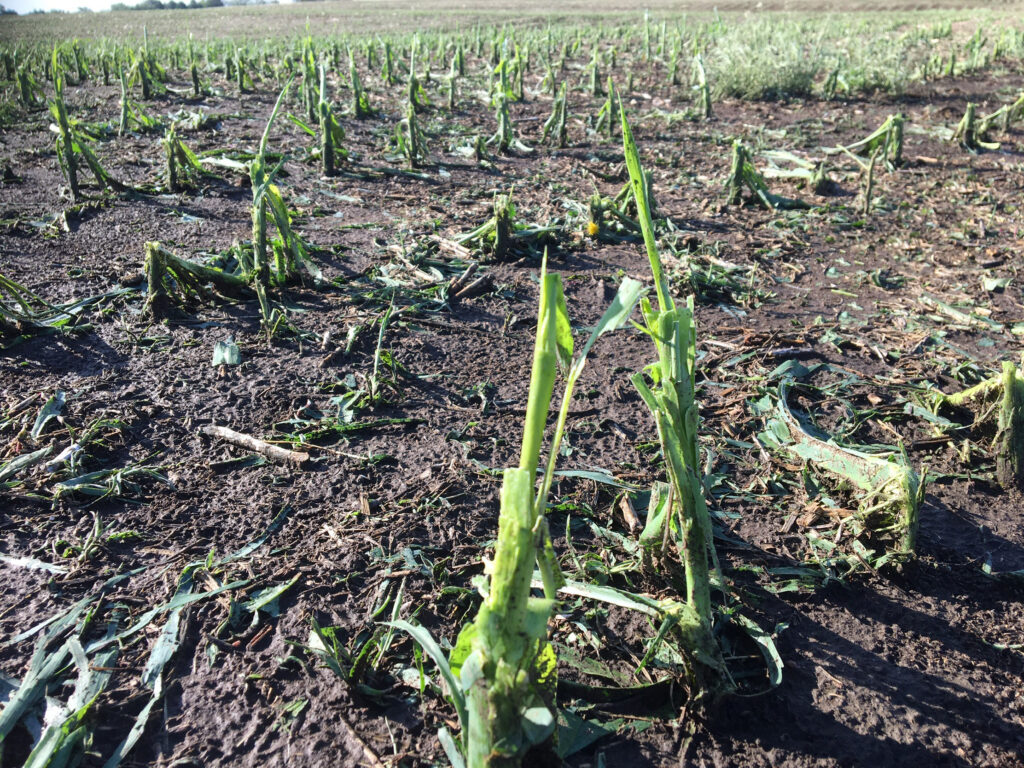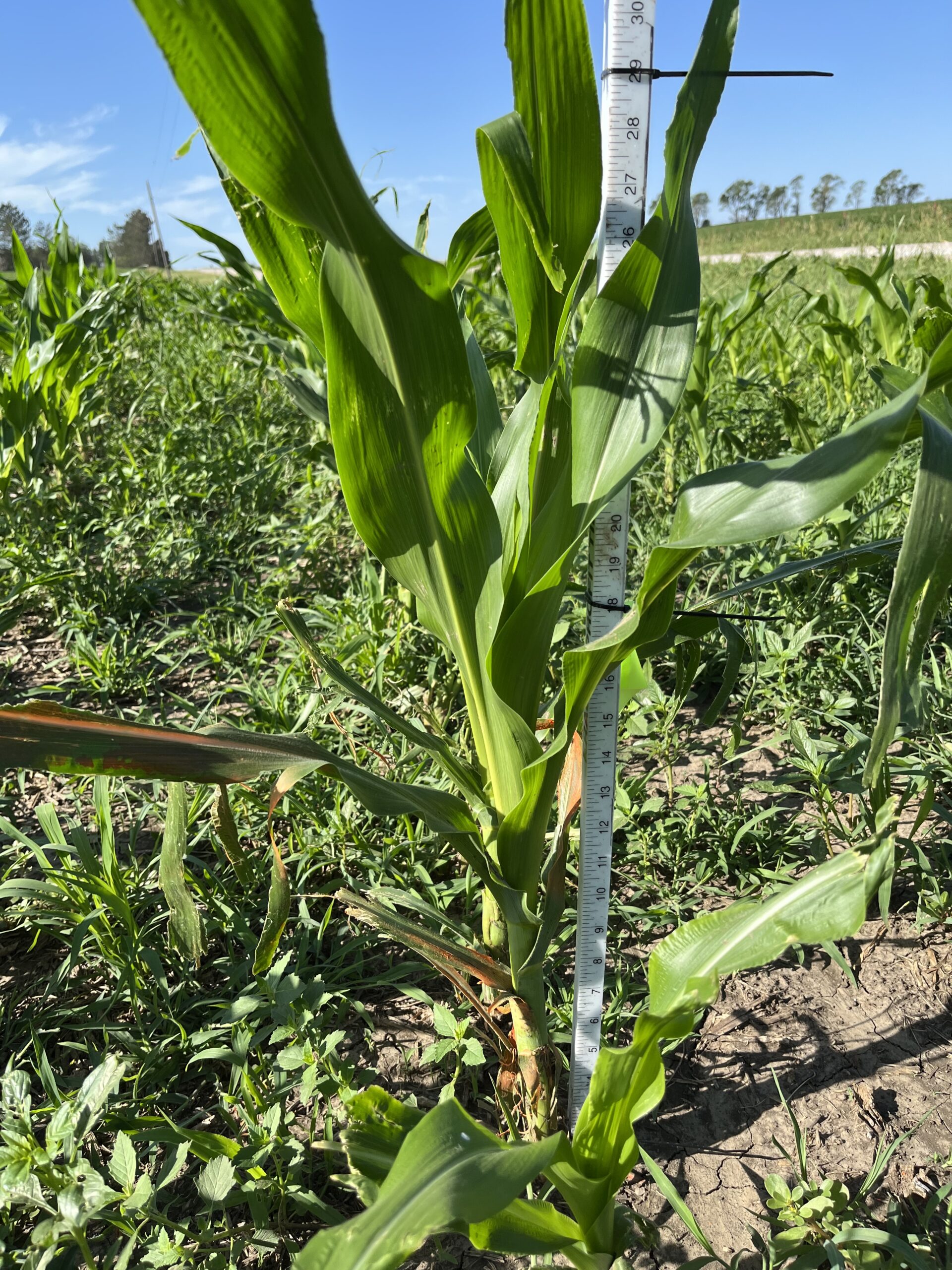The older I get, the more I realize how smart my parents are. My dad has always had little tidbits of wisdom that he periodically sprinkles into conversations, and it is absolutely amazing to me how many times he is right.
Recently we had a horrible hail storm here in eastern Nebraska that struck most of our acres of corn and soybeans that we are trying to grow. As we sat in the house listening and watching the hail come down, we knew it was going to be bad. The next morning, we went out and looked at several fields and where our once beautiful, one-month old corn had been. It looked like pencils shoved in the ground.

Later, my dad called to check on us and advised us not to go out and look at the fields for one week. ”Just work on anything else, but don’t go out to see the fields,” he said. Little did he know, we had already checked on them. Neighbors all around us received similar damage to their fields.
Naturally, we as farmers start thinking ahead to what’s next. Tough decisions will need to be made regarding the damage to the crops, which affects a large portion of our livelihood for the year. These decisions have to take into account many things such as replanting, yield and insurance. Let me briefly explain.
Corn is typically planted in April or May in order to have enough days of sunlight to produce an ear of corn and reach maturity before winter sets in. The later corn gets planted in the year, the less growing days and sunlight the plant has, which affects and lowers the yield or amount of grain we can collect at harvest. Crop insurance gets complicated, but in short, there’s a planting date window you have to plant within, and if the crop is planted (or replanted) outside of those dates, coverage is potentially reduced. In addition, seed, fuel and fertilizer expenses also need to be considered in the economical decision to replant.

Now, my dad’s words to wait kept coming back to me. I went out and spray painted one poor little frayed corn stalk as a benchmark. Two days later I went back, it looked the same. Two more days later, the leaves were perking up and seemed greener. At one week, my dad was right! We were seeing some new growth. The growing point for our corn was still protected inside the plant and under the soil at the time of the storm. In the grand scheme of things, this is good news. Now, the corn won’t produce to it’s fullest potential as if the storm had not occurred, but we still have hope for a crop to harvest in the fall.
Moral of the story: No matter how old you are, your dad still provides wise advice!
Living the life, I love.
Paula Peterson
Waverly farmer and Common Ground volunteer

